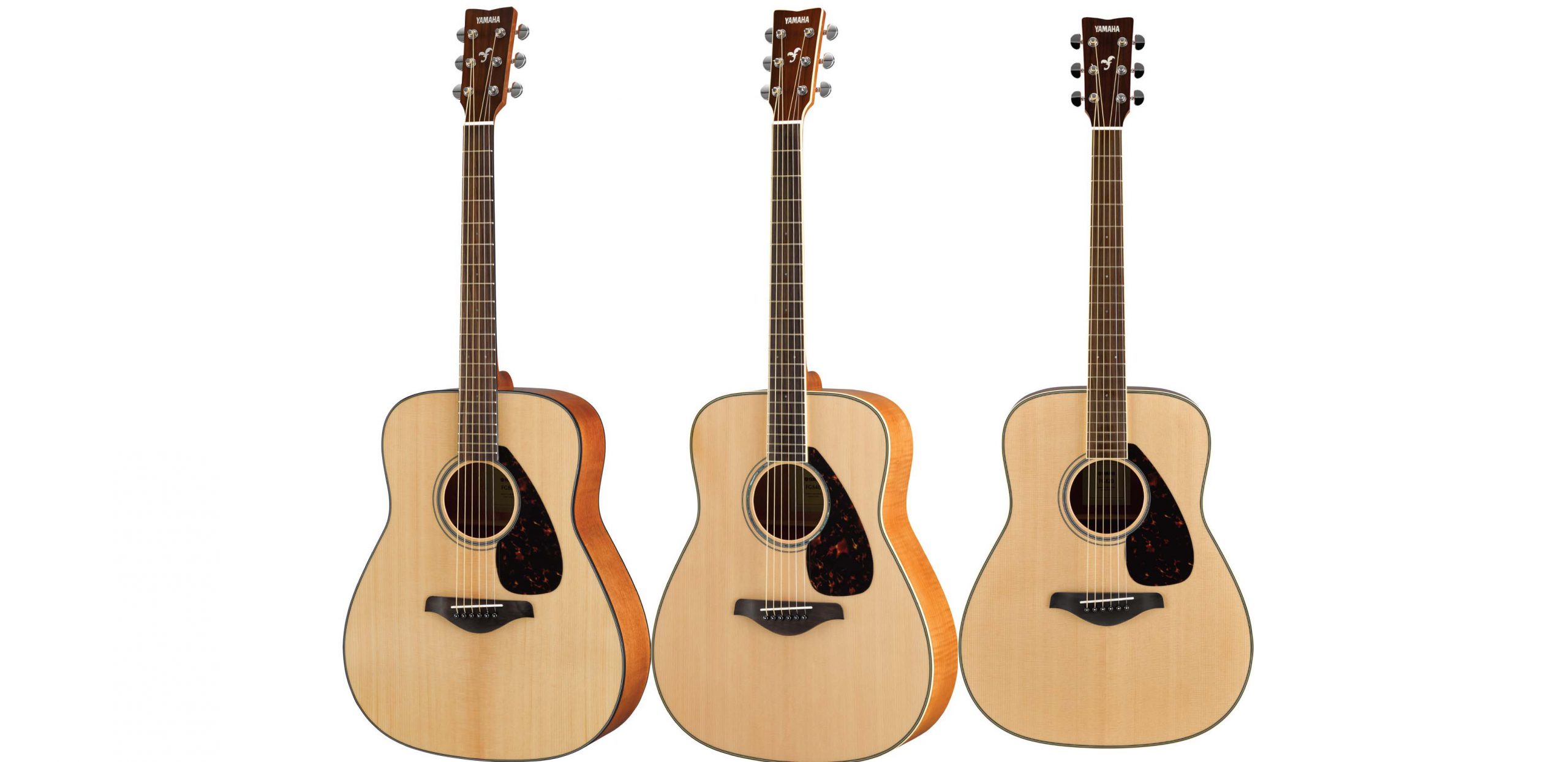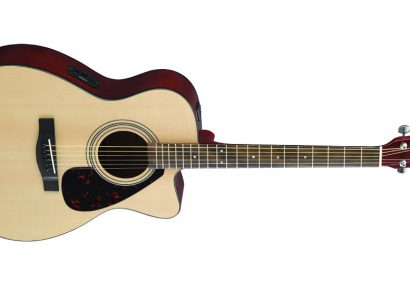You can waste your day in the neon hell of your crappy day job, doing what you need to do. However, having the knowledge that when you return home there is an old faithful six-string waiting for you is enough to melt the world away. For most players the most faithful old friend is the one they learnt on. Cheap, beat up, dusty and in desperate need of TLC as it may be your first guitar is invariably the most comfortable, the most like an old pair of jeans, without preciousness or pretence stopping you from doing exactly what feels right. That’s the feeling I get whenever I pick up a Yamaha FG series guitar.
For 50 years, the FG series has been bread and butter for Yamaha. Easy on the hip pocket without compromising any of the quality materials they’ve always utilised, not only do they remain the most purchased acoustic in the world, but I would argue the most common choice for those just getting ready to rock. First appearing in ’66, the FG180 quickly cemented the Yamaha name as the horse to back in both the affordability and playability stakes. Fast forward through any number of iterations and innovations the FG800 series is the best example of the forward thinking, scientific approach with which Yamaha’s engineers ply their trade. All three models, the 800, 820 and 840, utilise the brilliance and clarity of solid Sitka spruce for their top sides. That crispness is bolstered by rosewood fretboards, ivoroid binding and Urea nut and saddles; all of which ring true of the classic, all rounder tonality that keeps people coming back.
The most recent tweak the builders have made to the design is in the bracing. Countless hours of research and analytics went into what is ultimately a simple yet incredibly effective nuance that, frankly, I can’t believe hasn’t been explored already. ‘What could it possibly be?’ You ask? The difference is the scalloped profile of the bracing rods that crisscross the inside of the resonating cavity. That miniscule pile of wood shaving on the factory floor is the reason these most recent models are so much more balanced and controlled across the length and breadth of the frequency spectrum. The lows are rich and heady, the highs are bristling and focused and it’s all tied together by a singing, violin like midrange. Chords chime like Ryan Adams is playing them and single notes are uncluttered. Overall, the way that the body wrangles the dynamics of your playing is as though someone was riding the faders for you.
The big difference between the three siblings that sit before me is the tonewood that forms the body of each guitar. The 800 (which comes kitted up with a gig-bag and tuner) gets its lively clang from a combination of Nato, also known as ‘Eastern mahogany’, and African okume, both of which offer a medium density and energetic personality to the voicing. The 820’s voice is a much warmer, earthier conversation thanks to its classic mahogany back and sides. The big brother of the trio, the 840 seems to really want to converse with both of its brethren as the flamed Maple reels in a precocious combination of the effervescence of the 800 and the roominess of the 820. This is the real success of the series in so much as the difference is quite pronounced between each member of the line-up, so much so that picking one over the others is a decision worth furrowing your brow over. From here the experience is every bit as familiar and classic as it should be. The traditional Western body shape draws you up the length of the neck, whose shallow ‘C’ shape, 43mm nut width and matte finish implores just the right amount of effort without inducing carpal tunnel syndrome. Satin poly finish, tortoiseshell pick-guard and ivoroid binding bring home the quintessential image of a guitar you could spend some time with.
Being the starting point for so many guitarists’ journey down the riff-stick rabbit hole must be an intimidating mantle to maintain. It essentially sets the benchmark for every guitar a player will wrestle with thereafter. Every neck shape, every body size, every tonal fingerprint will go up against this comparison forevermore. It is clear that Yamaha take this point very seriously and they continue to draw the perfect blueprint for players new and old in the FG800 series.
For more information, visit au.yamaha.com.

